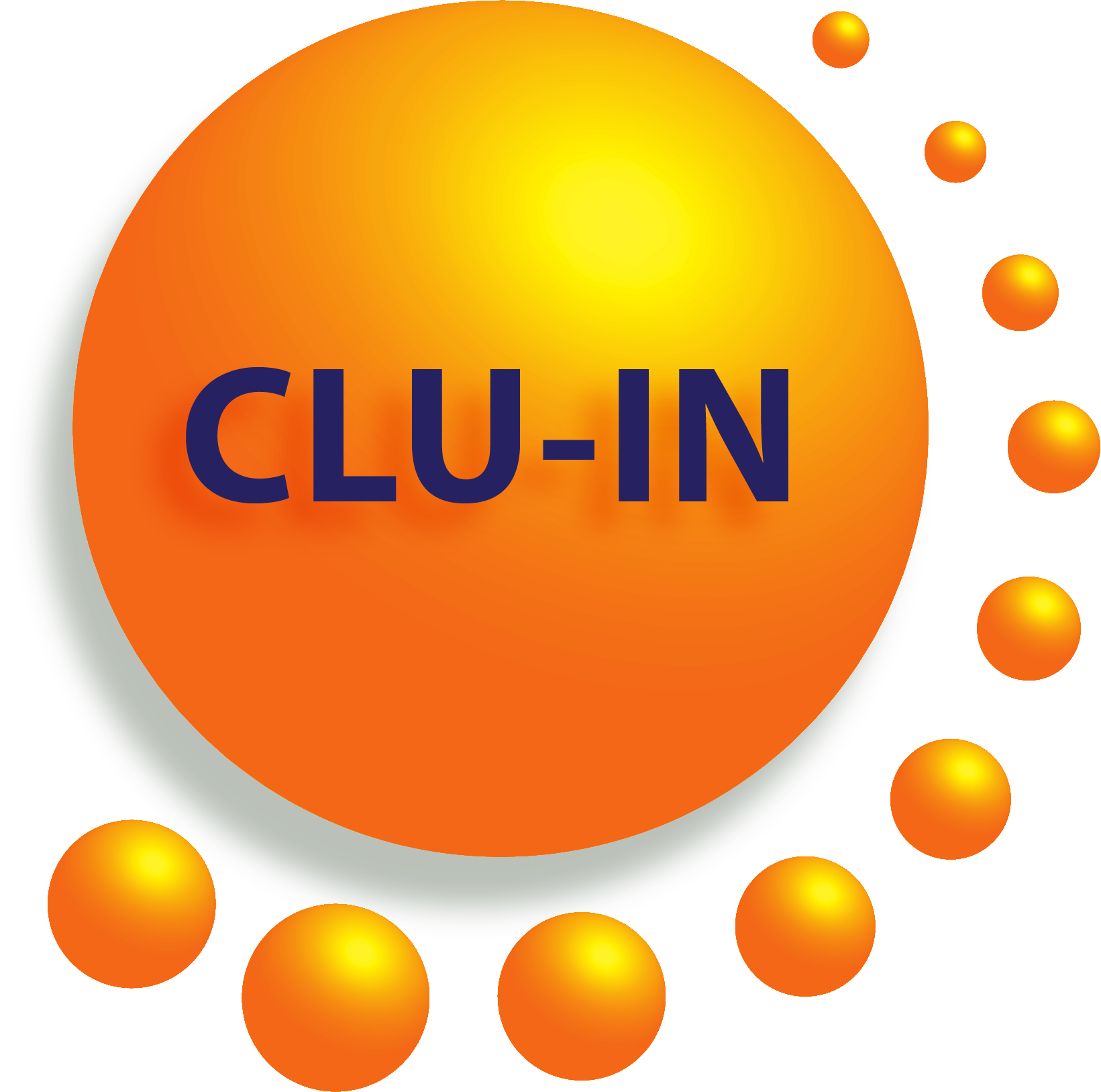Perchlorate
Overview
Perchlorate is both a naturally occurring and manufactured inorganic anion made up of four oxygen atoms bonded to a chlorine atom. Perchlorate is commonly associated with the solid salts of ammonium, potassium, and sodium. Because these salts are highly soluble in water and perchlorate sorbs poorly to mineral surfaces and organic material, perchlorate is typically very mobile in surface water and groundwater (Logan, 2001). Also, because it is relatively inert under typical groundwater and surface water conditions, perchlorate may persist in the environment for extended periods of time.
Production of ammonium perchlorate first began in the United States in the mid-1940s, primarily for use in explosives and rocket propellant. Today, ammonium perchlorate and the other perchlorate salts are used in a wide range of applications, including pyrotechnics and fireworks, blasting agents, matches, highway safety flares, lubricating oils, textile dye fixing, nuclear reactors, electronic tubes, tanning, and finishing leather, rubber manufacturing, electroplating, aluminum refinishing, paint and enamel production, and pharmaceuticals (ITRC, 2002).
Alternatives to perchlorate?
NASA formed a Green Propellant Infusion Mission (GPIM) team to test a less toxic propellant designed to replace perchlorate-based propellant formulations. A mission to demonstrate use of the alternative fuel/oxidizer blend, known as AF-M315E, during a 13-month space flight experiment, was launched in 2019.
DoD's Strategic Environmental Research and Development Program (SERDP) is researching and has demonstrated perchlorate-free alternatives for incendiary projectiles.
In 1997, advances in analytical techniques led to a perchlorate reporting limit of 4 micrograms per liter (µg/L), down from 100 µg/L, in water and the subsequent detection of widespread perchlorate contamination, including in drinking water supply systems across the country (ITRC, 2005, DoD, 2007). Perchlorate was identified as a chemical of emerging concern due to widespread contamination of perchlorate in drinking water aquifers and its toxicological effects (Srinivasan, 2009). Perchlorate contamination is a concern in the environment for the following reasons:
- Above certain exposure levels, perchlorate has potential human health effects with respect to the functioning of the thyroid gland.
- It may have detrimental effects on ecosystems.
- It is highly soluble and mobile in groundwater, which can cause widespread contamination following a release.
References:
Interstate Technology Regulatory Council (ITRC). 2005. Perchlorate: Overview of Issues, Status, and Remedial Options. PERC-1
Interstate Technology Regulatory Council (ITRC). 2002. A Systematic Approach to In Situ Bioremediation in Groundwater Including Decision Trees on In Situ Bioremediation for Nitrates, Carbon Tetrachloride, and Perchlorate. ISB-8
Logan, B., 2001. Assessing the Outlook for Perchlorate Remediation. Environmental Science and Technology. 35: 482A-487A
SERDP and ESTCP blog post, 2020. Demonstration of Perchlorate-Free Projectiles. March 18, 2020.
Srinivasan, A. and T. Viraraghavan. 2009. Perchlorate: Health Effects and Technologies for its Removal from Water Resources. International Journal of Environmental Research and Public Health 6(4): 1418-1442.
U.S. Department of Defense (DoD), 2007. ![]() DoD Perchlorate Handbook
DoD Perchlorate Handbook
Environmental Data Quality Workgroup. 73 pp, 2007.
Resources
Technical Fact Sheet – Perchlorate
EPA Federal Facilities Restoration and Reuse Office EPA 505-F-17-003, 9 pp, 2017
![]() Groundwater Information Sheet: Perchlorate
Groundwater Information Sheet: Perchlorate
California State Water Resources Control Board, 11 pp, 2010
![]() Perchlorate: Overview of Issues, Status, and Remedial Options
Perchlorate: Overview of Issues, Status, and Remedial Options
The Interstate Technology & Regulatory Council (ITRC) Perchlorate Team. PERC-1, 152 pp, 2005
The Nature of Perchlorate (General Background Information) and the National Occurrence of Perchlorate
Mayer, K., 22 minutes, June 2002

